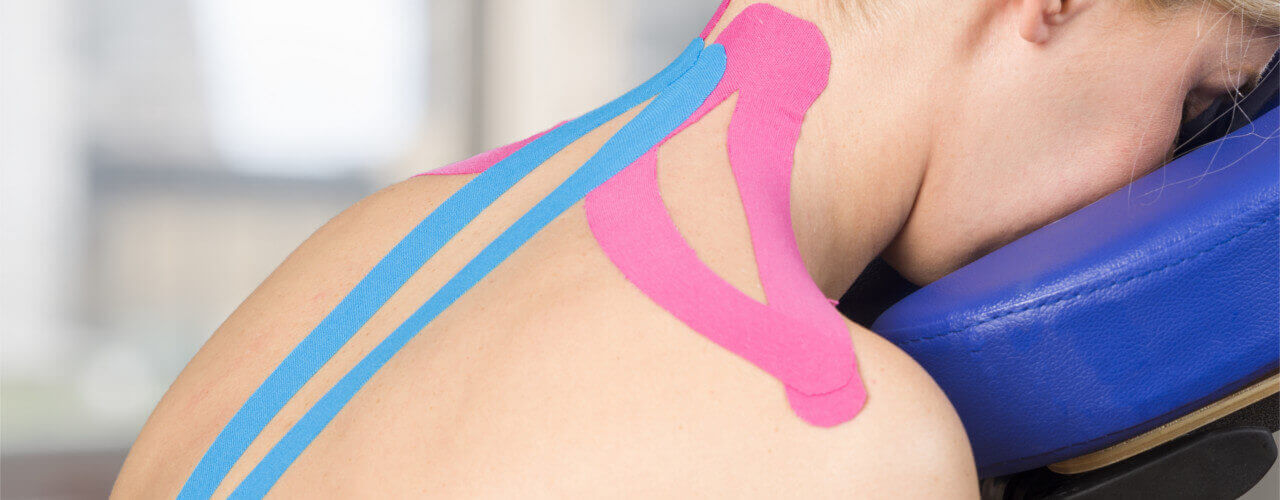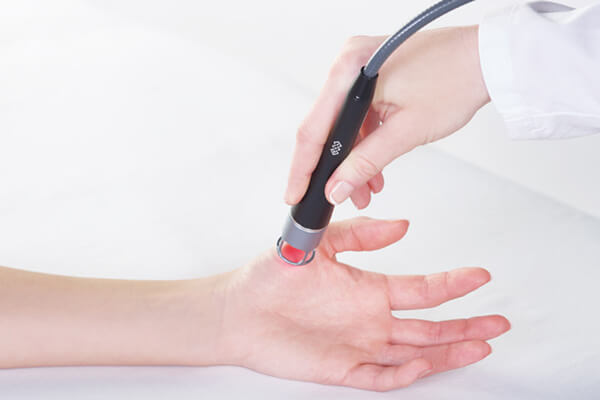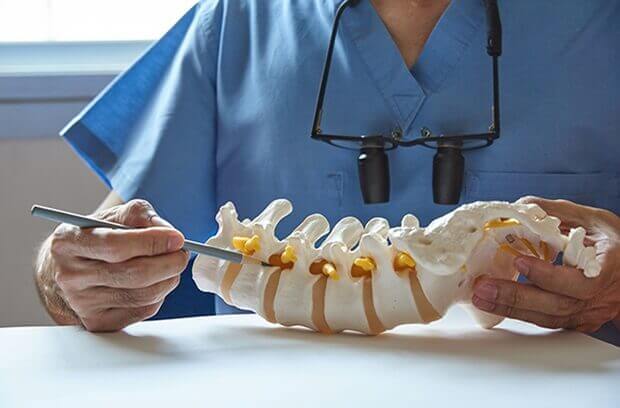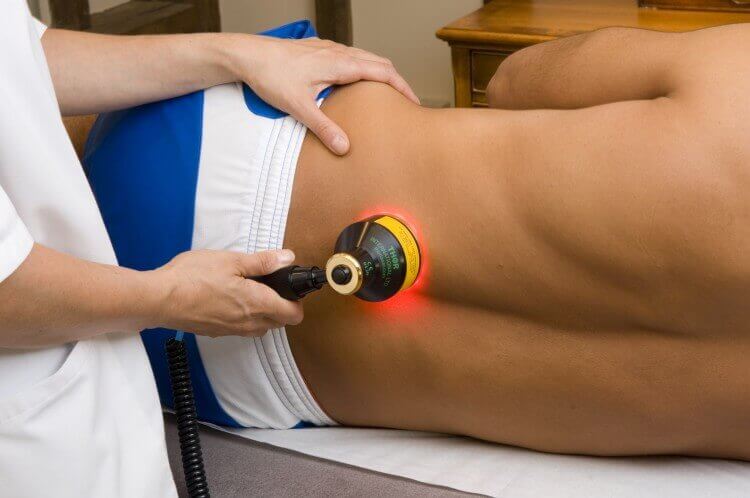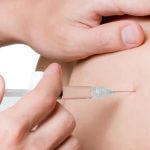Waist Disk Closed Surgery

In some patients with protruding discs, non-surgical treatments respond well, which is why they do not require surgery. However, in some patients, depending on the severity of the disease, open surgery or closed lumbar disc surgery is recommended.
Many surgeries can be performed with the least invasive techniques (meaning the least incision in the body). As a result of these techniques, surgery is performed with the least incision, minimum hospital stay, post-operative pain and rapid recovery, which are referred to as closed-loop or closed-loop surgery.
How to perform a closed lumbar disc surgery
One of the treatments for back pain and disk problems and spinal stenosis is the operation of a closed lumbar disc (lumbar disc laser). The procedure is that the physician inserts a long needle under the C-logo device after local anesthesia.
The needle enters the nucleus of the target disc and then, inserting the laser fiber into the needle, begins to burn out the middle and inner part of the disc, causing the disc to push to the nerve root and create spinal stenosis.
As a result, the pressure is removed from the nerve root and the back pain, numbness and numbness, and the annoying symptoms of spinal canal stenosis or rupture of the disc are significantly reduced.
The most common surgery for a protruding disc is a resection (discectomy) performed with a protruding disc that causes excessive pressure on the nerve root or spinal cord. During this operation, part or all of the part of the damaged intervertebral disc is removed. Regional anesthesia is used to perform lumbar disc surgery.
With the help of X-rays, the doctor manages the movement of the device during surgery. The surgeon can destroy the disc by:
Cut it out
Disk Center Suction and Suction
Using a laser to burn the damaged part of the disc
If the problem is in the neck, surgery is usually done in front of the body, called anterior discectomy. Sometimes the surgeon will make more space for the disc and its nerve by cutting a part of the vertebra, which is called a laminectomy.
More recently, surgeons have been performing disc resection using a variety of minimally invasive techniques. In these techniques, the surgeon performs the surgery through a very small incision, or through a tube that will allow him to insert a special camera and other surgical instruments. Sometimes the disc is replaced with an artificial disc, although this is more common in the neck than the back and neck.
Laser Disc Laser Success Rate
“Short anesthesia” and “no need for complete anesthesia” are the benefits of laser-assisted closed disk surgery, even after the surgery is completed one hour after the patient is discharged, requiring a wheelchair, that is to say, about an hour after the end of the operation. The patient is discharged home from the operating room with his foot.
Overall the success rate of this operation is high, in one large study it was found that overall, 5% of people who performed this procedure achieved excellent or good results.
There are also some surgical benefits when compared to non-surgical treatments, although in some cases the difference in treatment decreases over time. An important study has shown that those who have had lumbar disc herniation have seen a better improvement in their symptoms for more than two years compared to those who did not.
Before Surgery Waist Disk Closure
Lumbar disc surgery should always be taken seriously. So it’s a good idea to be in the best possible physical condition. Here are some helpful tips:
Eat well
Good nutrition is the key to keeping the immune system healthy. Eat properly and take vitamin supplements a week before surgery. This can reduce the risk of infection after surgery.
Being in shape
Weak muscles and low cardiovascular strength make post-surgical recovery more difficult. Talk to your surgeon about how to start your exercise program. If you have been exercising regularly, make sure your doctor approves your regular exercise routine and continue with it afterwards.
Weight Loss
If you are overweight, it is a good idea to lose weight before surgery. Why? Because overweight can put pressure on the spine and slow postoperative healing, it can even increase postoperative pain. If you need to lose more than 3kg before surgery, ask your doctor about the proper way to lose this unwanted overweight.
Do not smoke
If you’re a smoker, quitting may be the last thing you want to do! However, this is a very important step to help ensure surgical success. Quitting smoking at least one month before surgery reduces the risk of serious side effects, such as postoperative anesthesia and pneumonia. Eventually the illness that leaves his cigarette, the more likely he is to have spine surgery. If you think it is difficult for you to quit, talk to your doctor about quitting.
What to Expect After Lumbar Disc Surgery
After surgery, you will be encouraged to get out of bed as soon as possible and after the anesthesia is over. You may be given medication prescribed by your doctor during recovery for pain management. You can slowly start exercising and other activities.
Here are some other things to think about:
You may not be comfortable sitting at first. Most people are prohibited from sitting for more than 1 or 2 minutes. Walk as far as you can in the first few weeks. Getting up and walking around helps reduce the risk of scar tissue.
Many people can return to work soon after surgery and do their daily activities. In many patients, your doctor will prescribe a rehabilitation program that may include physiotherapy and home exercise.
If you work in an office, you may return to work within 2 to 3 weeks. If your job requires physical activity (such as lifting or working with heavy machinery), you may return to work within 2 to 3 weeks after surgery.
Laser surgery is preferable to open surgery
Minimum bleeding
۳٫ Anesthesia
خیلی خیلی Very short operation time (about fifteen minutes)
۴٫ No need for postoperative hospitalization
۴٫۸% Response Nearly 4-5%
٫ ٫ Response to treatment faster than open surgery
Possible Complications of Lumbar Disk Laser
As with any other spinal cord surgery, there are several risks and complications associated with closed lumbar disc surgery.
Dura rupture (cerebrospinal fluid leakage) occurs in about 1 to 5 percent of discectomy surgeries. The leak will not alter the outcome of the surgery, but the patient may be told to rest only for one to two days after surgery and allow the fluid to close.
Other risks and complications include the following:
Incontinence of urine or stool
Bleeding
Infection
Possible accumulation of fluid in the lung that causes pneumonia.
Deep vein thrombosis occurs when a clot is formed in the legs.
Continued pain after surgery
Last but not least, you may think that a back injury will end your life’s activities. Think again! Disk out is not a reason to not enjoy life. With medical care and treatments, you can regain your health.





